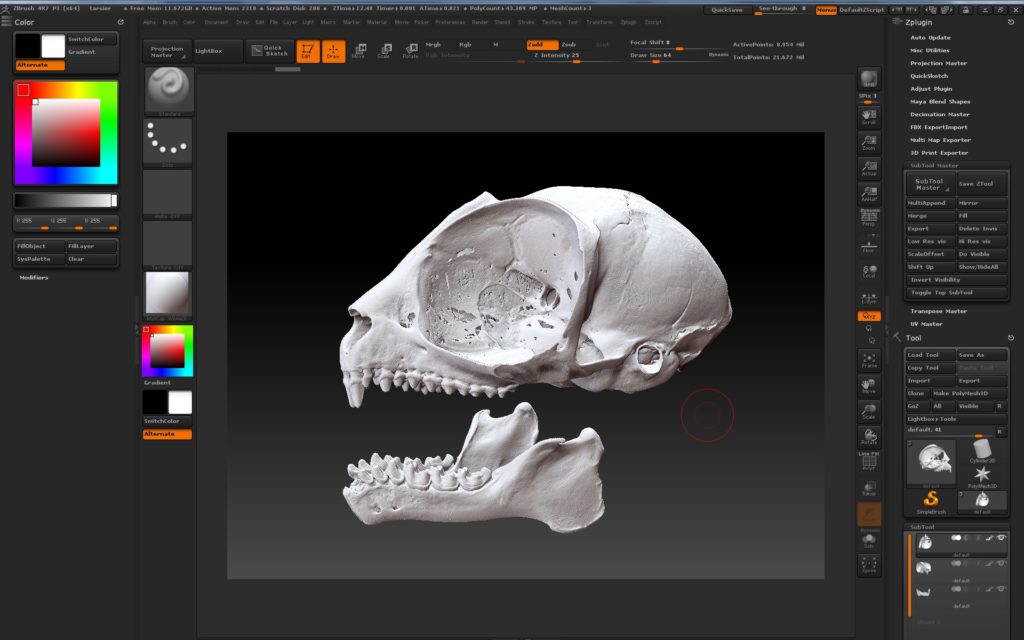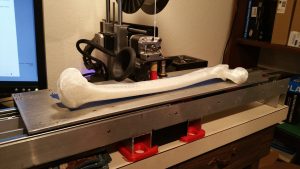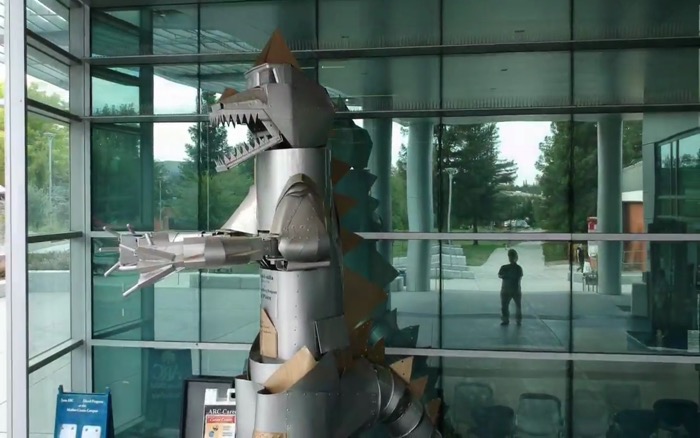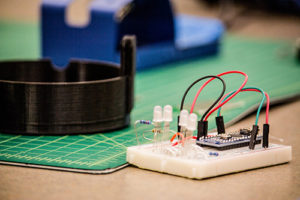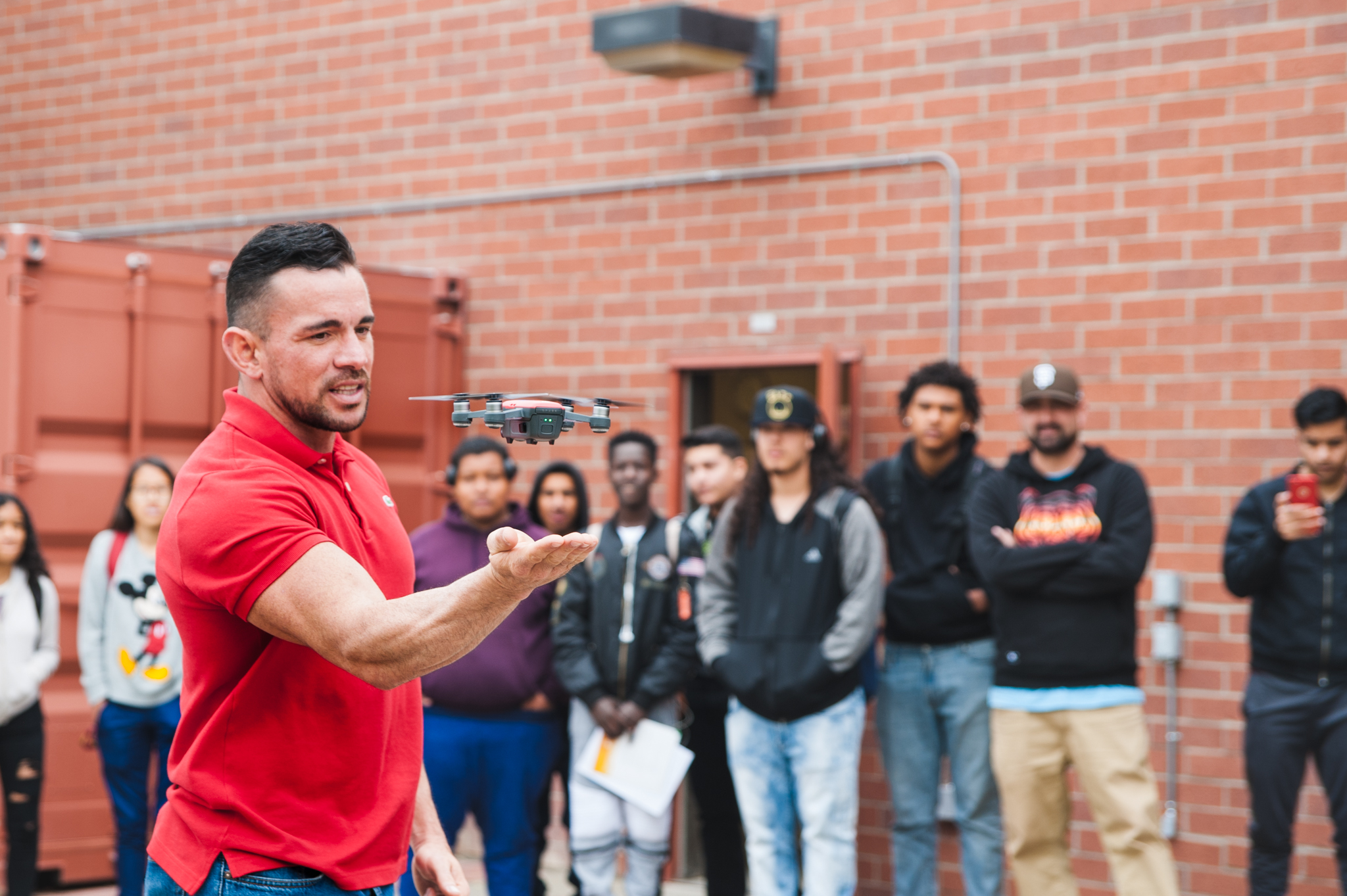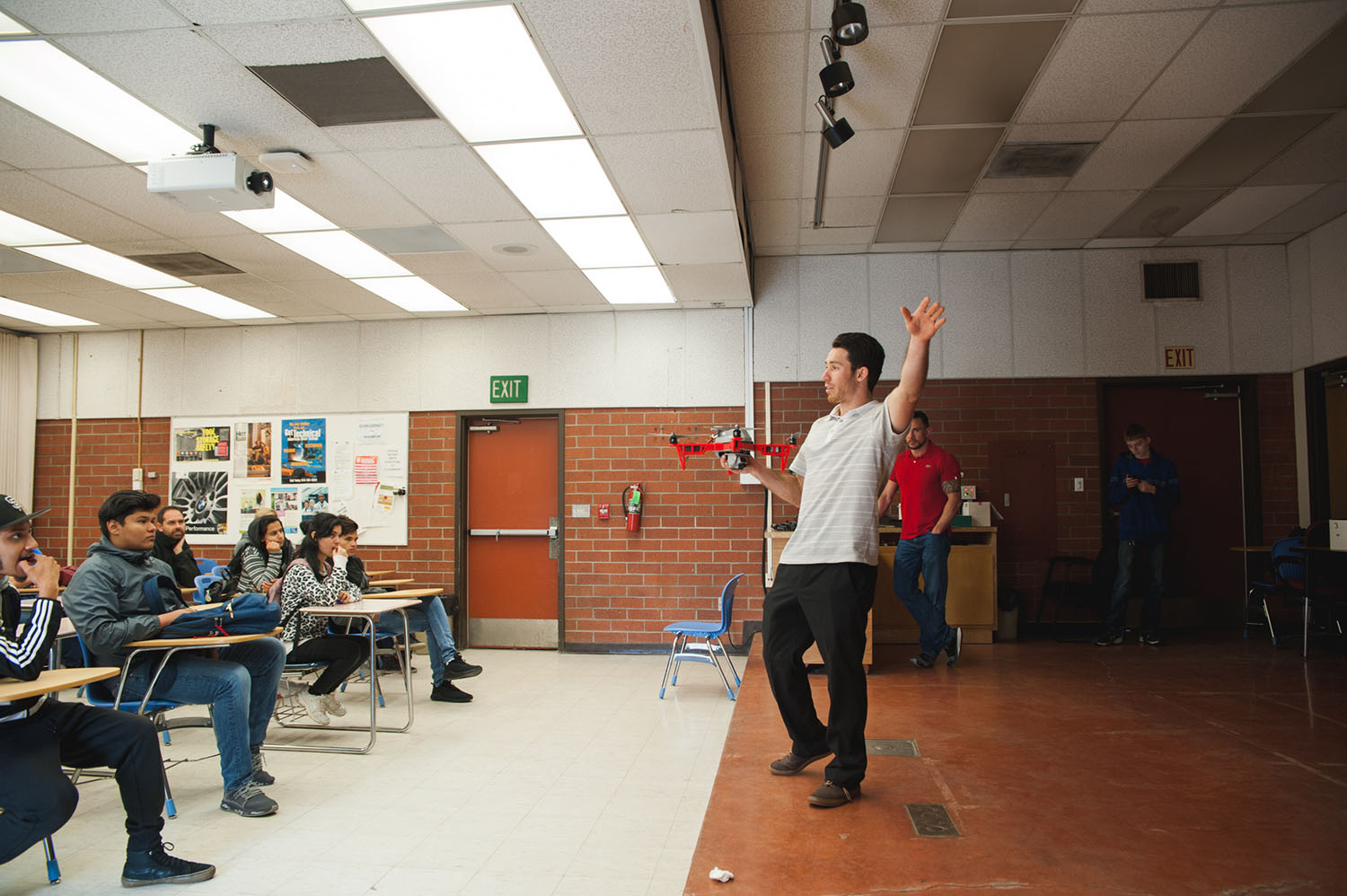 On Saturday, October 13,2018, The design hub collaborated with the several students from San Juan High School. Bryan and Stephen and their instructor James participated in this Rocketcar event.
On Saturday, October 13,2018, The design hub collaborated with the several students from San Juan High School. Bryan and Stephen and their instructor James participated in this Rocketcar event.
It was located in the football fields behind the pool and gymnasium area.
The participants from San Juan High school collaborated with the individuals from the Design Hub including Randy Schuster, Gavin, Kai, Kevin, and Jason. Also Participating in the competition are three ARC Design Hub interns: Justin, Marlo, and Muhammed. They worked on 3D printed designs and Melissa did the soldering.
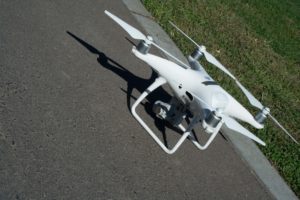 Since one of our interns Jason who is skilled as a drone pilot, Helped filmed the event aerial style. Jason’s Company , J&S Drone Solutions, was also involved in the event, he flew his own drone!
Since one of our interns Jason who is skilled as a drone pilot, Helped filmed the event aerial style. Jason’s Company , J&S Drone Solutions, was also involved in the event, he flew his own drone!
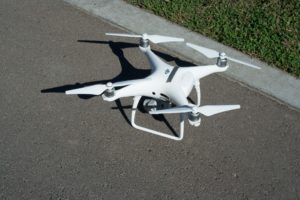 The physics Department ordered this project from Randy, Due to the concern about the the limited aerial flying. Since the airspace around ARC is located so closely to a hospital. Instead, of hosting a drone flying competition. They decided to host a rocketcar competition. Where the main action would be taking place on the ground and not the air. Sean Franklin developed the first rocketcar over the summer. Competition was hosted to unite the high school and college communities.
The physics Department ordered this project from Randy, Due to the concern about the the limited aerial flying. Since the airspace around ARC is located so closely to a hospital. Instead, of hosting a drone flying competition. They decided to host a rocketcar competition. Where the main action would be taking place on the ground and not the air. Sean Franklin developed the first rocketcar over the summer. Competition was hosted to unite the high school and college communities.

The participants received 3D printed trophies to honor their victories!
Here are the results:
1st – Steven … Representing San Juan High School … 50 mph
2nd – Bryan … Representing San Juan High School … 48 mph
3rd – Kai … Representing the Design Hub … 20 mph
HM – Gavin … Representing the Design Hub … Well over 50 mph but too low to register on our timer
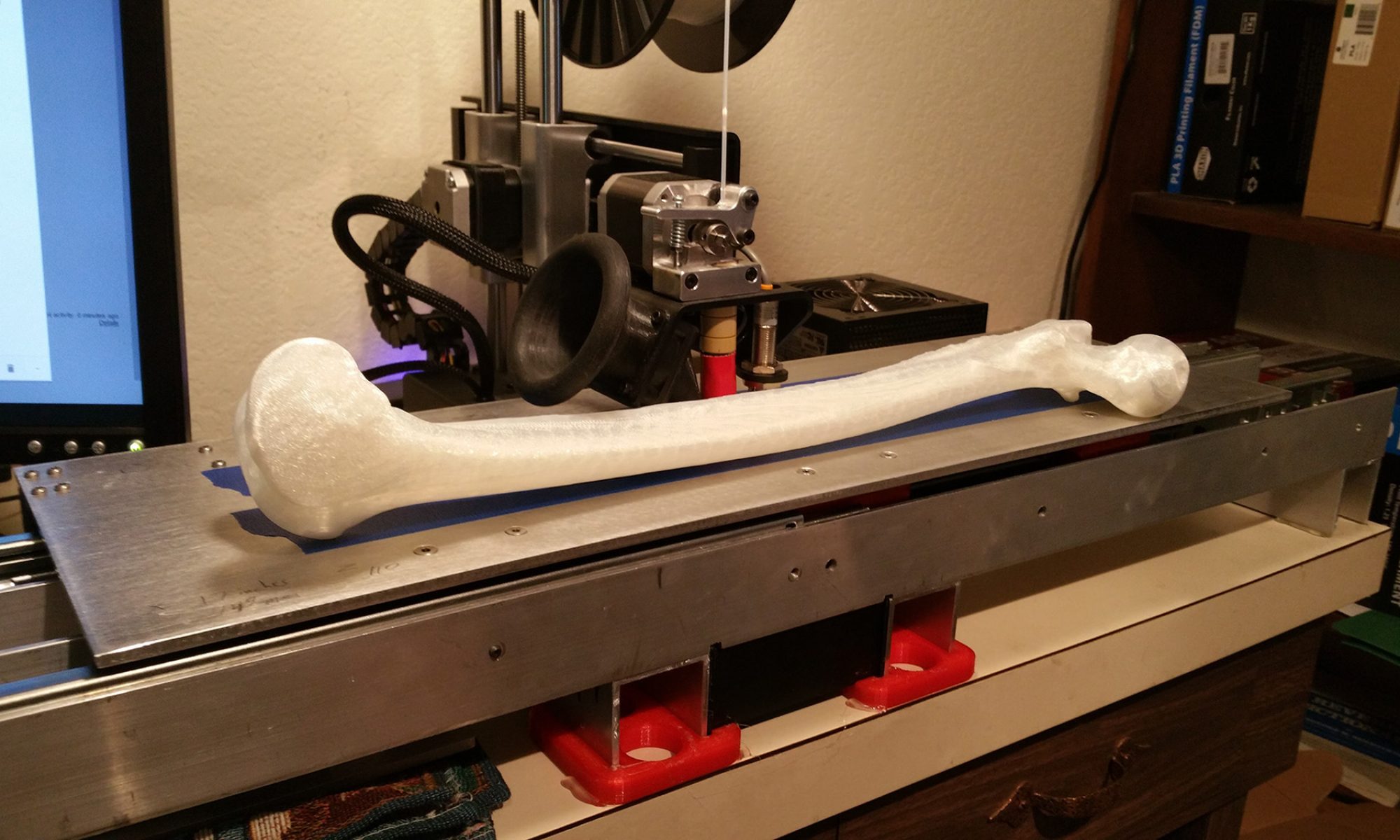
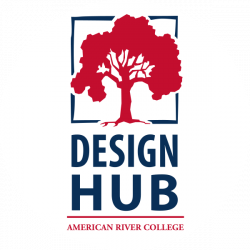

 The fidget spinner made from a transmission gear box that can be reduced 1 to 10. Which means the ratio of the numbers of turns that the fidget spinner moves.
The fidget spinner made from a transmission gear box that can be reduced 1 to 10. Which means the ratio of the numbers of turns that the fidget spinner moves.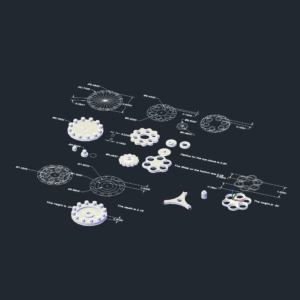 Modeled and designed using the program, AutoCad. Its also Ivan’s deliverable from Randy.
Modeled and designed using the program, AutoCad. Its also Ivan’s deliverable from Randy.